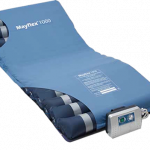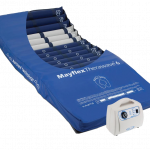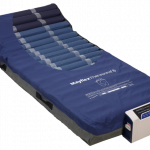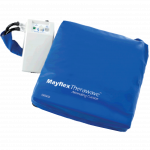PRODUCTS BY SECTOR
Diagnosing Pressure Ulcers / Pressure Sores
Diagnosing Pressure Ulcers / Pressure Sores
Pressure ulcers can be diagnosed just by visual examination. An important part once diagnosed is the process to assess the level of risk of developing them. Pressure ulcer management however aims to prevent them occurring in the first place!
A part of the risk assessment process, for the healthcare professional who is involved in a persons care would be to consider:
- their general health
- ability to move
- whether there are any problems that may affect posture
- any symptoms that may indicate any infections
- a persons mental health
- past history of pressure ulcers
- urinary incontinence problems controlling your bladder) or bowel incontinence (problems controlling your bowel)
- diet
- how well the blood circulation system is working
As part of the risk assessment, they may be referred for blood and urine tests. Blood tests can be a good way of assessing a persons general state of health and whether their diet is providing enough nutrition.
Urine tests can be used to check how well kidneys are working and whether you have a urinary tract infection, this is an infection of the kidneys, bladder or urethra (tube between the bladder and the penis or vulva, through which urine is passed). If you are incontinent, or have had spinal damage these types of infection can be a cause of concern.
Self-assessment
If it is thought that you are at risk of developing pressure ulcers but you are not currently staying in hospital or a care home, you may be advised to carry out daily checks for evidence of the early signs of the condition.
You should look out for areas of discoloration, patches of skin that feel unusually tough or spongy to the touch. If you can, use a mirror to check parts of your body that can be difficult to see, like your back, or buttocks. Contact your GP or your healthcare professional if you notice any possible signs of damage.











